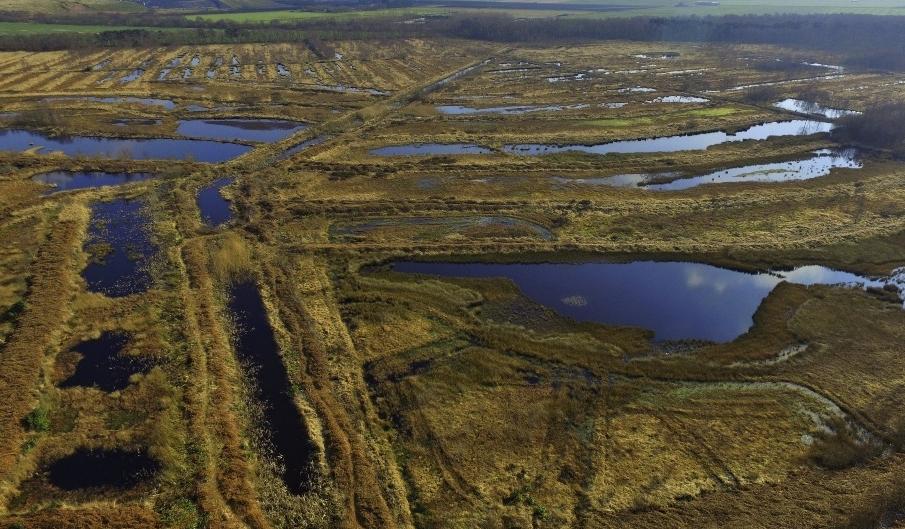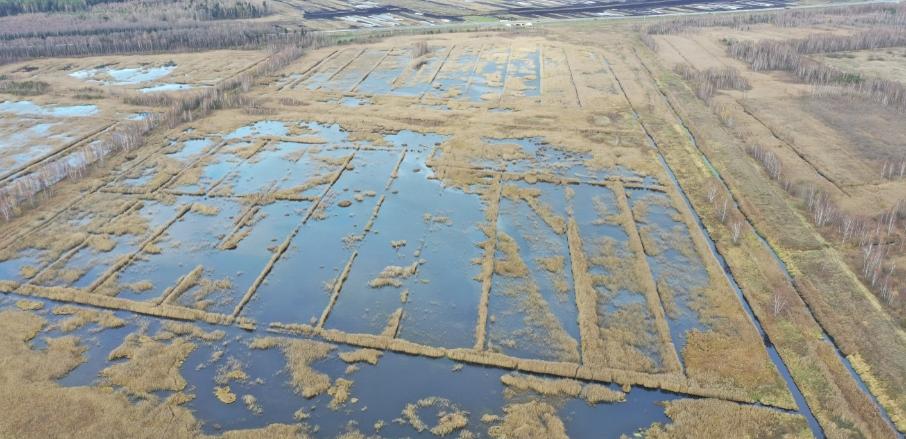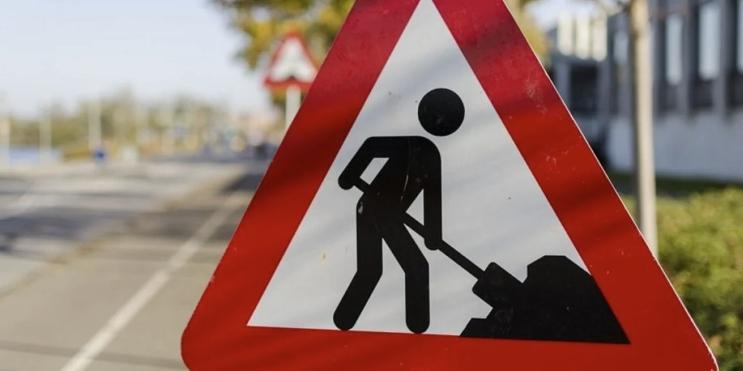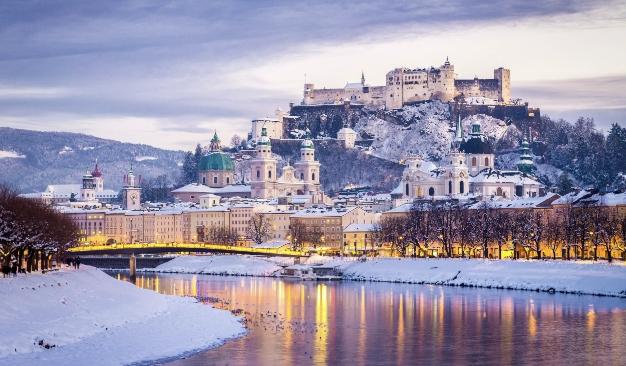Aldert van Weeran, a Dutch farmer, beamed with pride at the sight of his waterlogged field, a scene that would typically horrify farmers across Europe. In 2020, van Weeran made the pivotal decision to rewet 1.5 hectares of drained peatland near Amsterdam, adopting paludiculture and cultivating crops on this saturated land. His Typha crop thrived, setting a living testament to the multiple benefits of paludiculture, from combating climate change to restoring biodiversity and offering new ecosystem services.
The role of wetlands in climate action cannot be underestimated. However, Europe’s alarming loss of these vital ecosystems, attributed largely to agricultural expansion, underscores an urgent need for rewetting. Over the past 300 years, a staggering 21% of global inland wetlands have vanished. The United Kingdom and The Netherlands have seen a reduction of 75% and 70% respectively, while Sweden, Finland, and Estonia have forfeited over 45% of their wetlands to forestry.
“Presently, drained peatlands constitute about 10% of Estonia’s total emissions,” shared Jüri-Ott Salm of the Estonian Fund for Nature.
Despite the clear pathway paludiculture paves toward carbon neutrality, the transition from drained peatlands to wetlands remains a complex challenge.
Historically, the draining of peatlands for agricultural use has been perpetuated by the European Union’s common agricultural policy (CAP), which favoured arable farming on drained lands. Although the new CAP introduced in January acknowledges paludiculture, its implementation varies across member states. This inconsistency, coupled with deeply entrenched agricultural practices, poses a formidable barrier to the widespread adoption of wetland farming.
For instance, Anke Nordt from the Greifswald Mire Centre mentioned the psychological and emotional barriers facing farmers, some of whom are anchored to lands that have been in their families for generations. These intimate connections to the land foster a reluctance to embrace rewetting.

Yet, with climate crises amplifying, the economic and environmental imperatives of paludiculture are becoming increasingly apparent. Wetlands not only act as potent carbon sinks but also bolster flood control, water purification, and biodiversity. They mitigate the impacts of droughts and floods, issues that have recently plagued Europe with increasing severity.
“Farmers who are draining their land have to pay or have to lose the subsidies they are getting for draining the land,” argued Jens-Uwe Holthuis of Sphagnumfarm Barver in Germany.
He accentuated the public cost of climate impacts resulting from land drainage and advocated for a revaluation of subsidies.
In the British context, recent reforms have prompted the Environment Agency to retract water abstraction licenses of farmers on drained lands. Andrea Kelly of the Broads Authority in England highlighted the need for a revised system of water judgement for peatlands to facilitate net-zero ambitions and sustainable farming practices.
The scale of transition to paludiculture is contingent not only on regulatory shifts but also on the growth of markets for wetland crops. Typha, for instance, has applications in building insulation, paper manufacturing, and gourmet cuisine, amongst others. Clothing brand saltyco incorporates cattail fibers in its insulated fabrics, while BeadaMoss is pioneering alternatives to peat extraction in the horticulture sector.
With climate targets in sharp focus, nations are beginning to invest in paludiculture. Germany has allocated up to €150 million to extensive projects, while England dedicated £5 million to fund innovative paludiculture initiatives.
As van Weeran anticipates his second Typha harvest, he encapsulates the essence of the momentous decision faced by Europe. The choice between persisting in practices that deplete natural resources and the ecosystem, and embarking on a transformative journey of ecological restoration, is as clear as it is urgent. Each square meter of rewetted peatland not only stems the tide of carbon emissions but also heralds the resurgence of a harmonious balance between humanity and nature.



